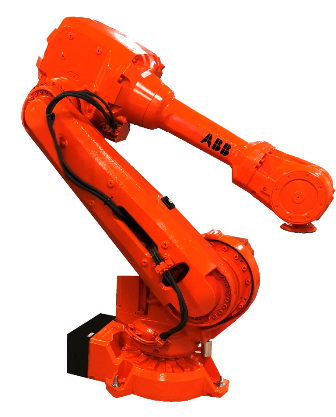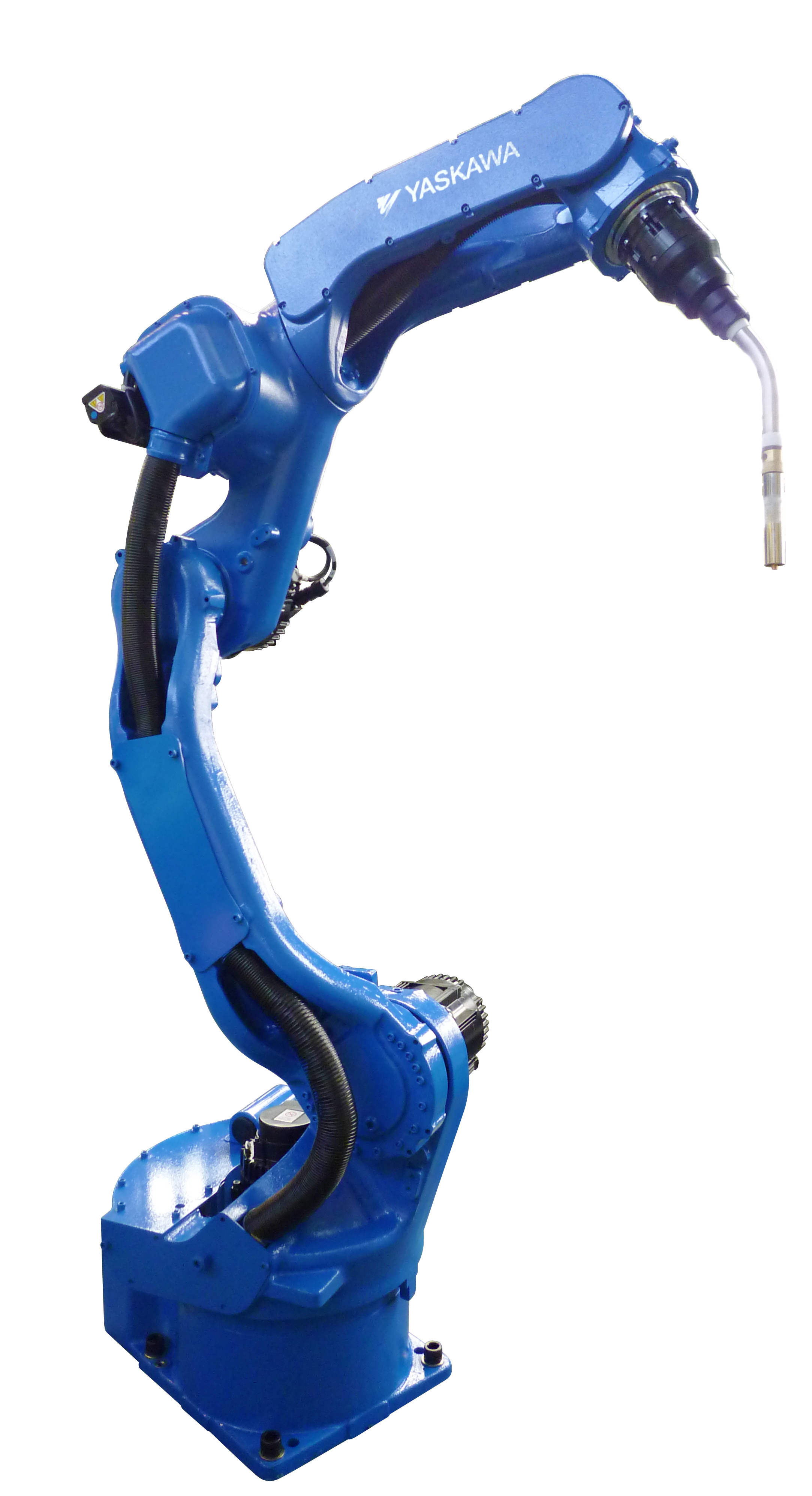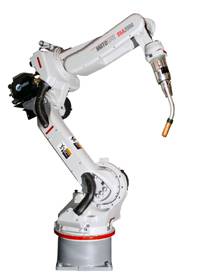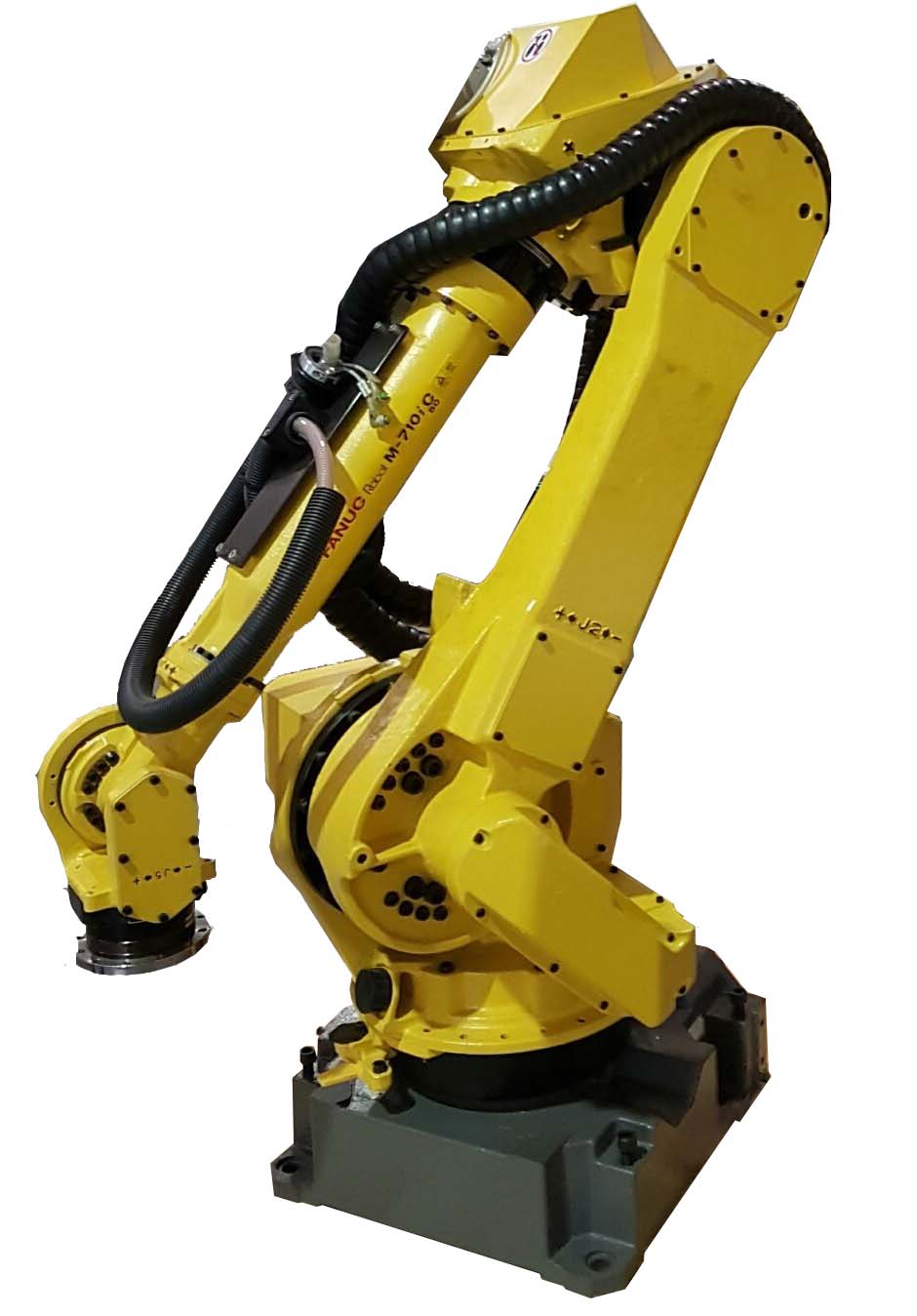How Industrial Robots Improve Worker Safety
Many manufacturers have turned to automating with robotics in order to improve productivity and efficiency. In recent years there has been a new reason driving the push for investing in industrial robots and that is worker safety. Worker safety has long been a top concern for manufactures and now robots, like the FANUC M-710ic/50, are providing a more cost-effective solution for this issue. Manufacturing jobs tend to be repetitive, tedious, and dangerous, all of which pose safety risks to humans. Integrating industrial robots has allowed workers to be moved into more comfortable and safer positions.
With manufacturing jobs worker injury is quite common since these all tend to involve manual labor. Many tasks require repetitive bending, twisting, or lifting in awkward positions which can put stress onto the worker’s body. This repetitive stress can lead to injuries such as muscle strains, back pain, or sprains. Some applications like palletizing, involve the lifting of heavy objects. This poses another danger to workers as they are at risk of tiring and dropping the object onto themselves, potentially causing a broken extremity. Robots such as the FANUC R-2000ib, are designed for repetitive motions and heavy lifting without failure. Industrial robots never tire, and companies can benefit from increased productivity and reduction in costs associated with worker injury claims.
Workers in manufacturing are also at risk of developing long-term adverse health effects from their line of work. Some industrial applications such as painting, arc welding, or die casting expose humans to toxic chemicals or fumes that overtime can wreak havoc on their health. Inhalation of fumes can lead to respiratory problems or even cancer after years of exposure. Welders can be at risk of damage to their retinas from interaction with the arc during MIG or TIG applications. Welding robots like the FANUC Arc mate 100ic, are designed to handle fumes, weld spatter, and arc glare. While painting robots such as the Motoman MH50-20 are not fazed by toxic chemicals and are built with explosion-proof arms to protect against any flammable chemicals within some paints. Robots can work with these types of substances for years or even decades without issue, unlike humans. By automating with industrial robots, worker health risks can be eliminated.
While some workers are susceptible to injuries or health problems due to the nature of their job itself, others are at risk because of their work environment is hazardous. For example, applications such as casting or forging take place in foundry facilities. Foundries are known for having tough conditions including extreme heat which can make for a hostile environment that can be quite hazardous to humans. Humans are not capable of working in extreme heat for long periods of time. Workers may experience heat exhaustion which can leave them dehydrated, fatigued, and sick. Hazardous environments can prevent workers from doing their jobs properly, leading to mistakes that cost manufacturers time and money. Industrial robots like the FANUC M-900ia or the ABB IRB 6640, can handle working in extreme conditions. Many robots are built with heat resistant steel preventing wear from extreme temperatures. In addition, robots built for tough environments are designed with their wires, cabling, and motors internalized to eliminate the risk of any failures due to hostile conditions and to ensure continuous productivity.




